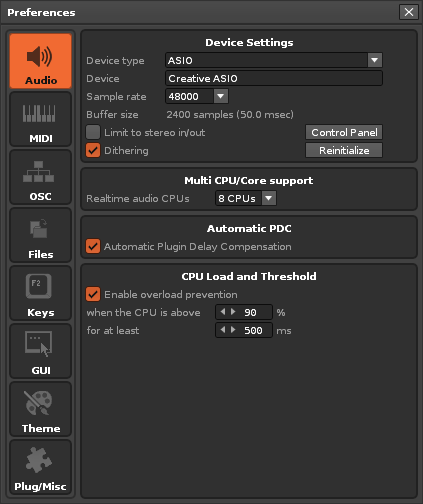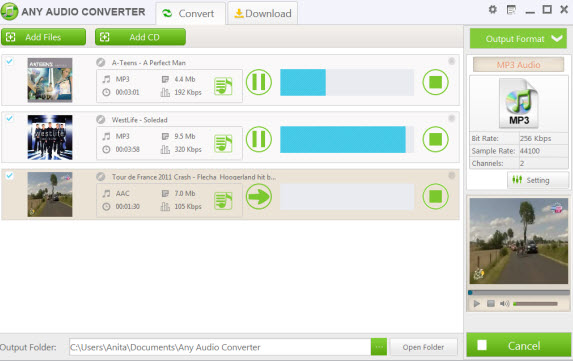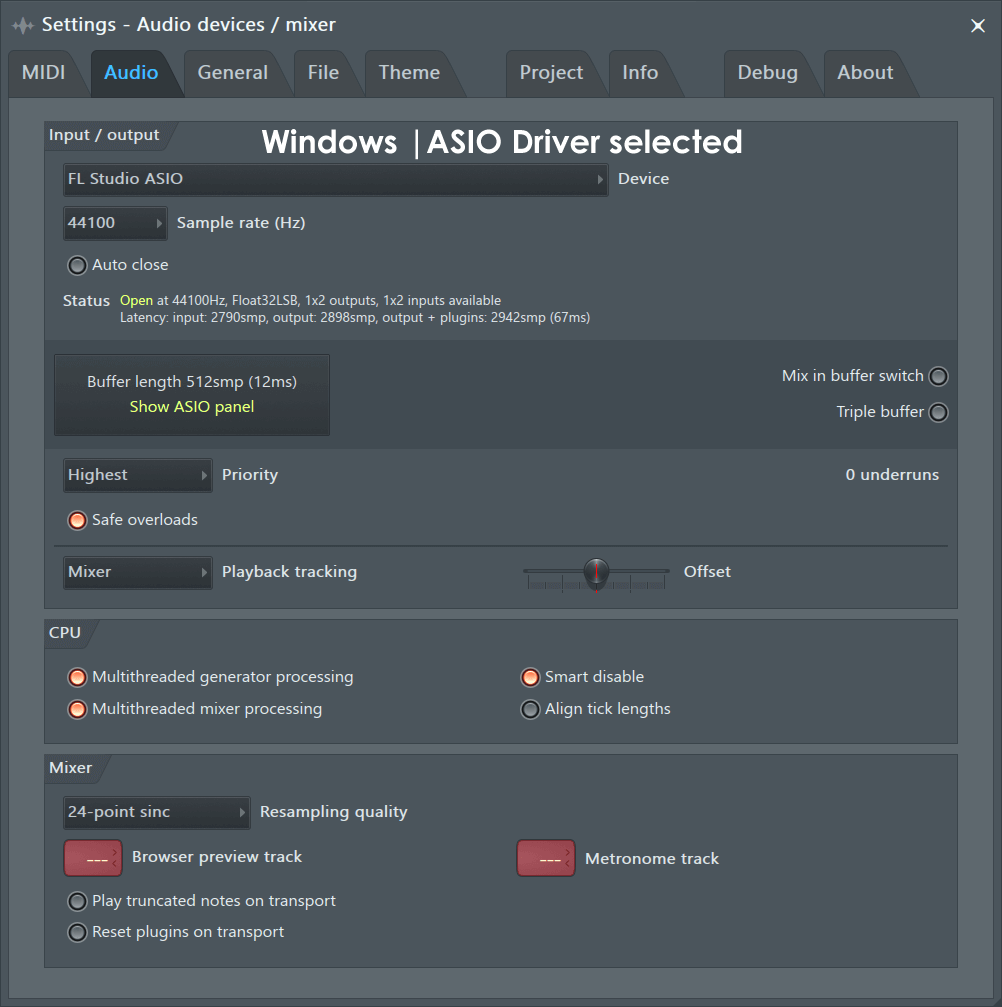

I haven't figured out how to launch the Behringer ASIO USB control panel outside of the Jamkazam application - any pointers there would be helpful in case I need to tweak the ASIO performance for other apps. The Rapid performance measures at 12ms latency without the pops, so I guess it might have to do. Input volume on a Mac, and Microphone level on a PC are actually. Obviously my lowest latency is at High Speed (7.85ms), but perhaps I won't be able to use it because of the static pops. Select and confirm your desired sample rate and bit depth from the drop down menu. The Behringer ASIO USB control panel ranks the different levels performance as I suppose on different audio interface control panels, that might be called buffer size - I don't know. I discovered the static only appears after I go to the ASIO settings (ASIO tab) and select "High Speed" from the System Performance dropdown. Since we sample data at 8kHz sampling frequency for 128 data points per each. My gear is Windows 10 PC, Behringer Q802USB mixer (with Behringer 圆4 driver 2.8.40). python spectrogram frequency range Consider the relationship between time. For whatever reason, on my Windows 10 machine, the default rip format was.

I haven't even got to the stage of playing with others in a Jamkazam session yet, but I needed to get the audio issue sorted as it was affecting the playback audio on the PC after any test with Jamkazam. Audio file bit rates are measured in thousands of bits per second, or kbps. DSD is an unusual format in that it is 1 bit with a very high sample rate. 1 kHz sample rate, 16-bit depth format if the original format is. Look at most relevant Sacd iso files convert on mac websites out of 245. On the second issue - I encountered the static pops on my playback device too. GarageBand loops Download free Apple Mac, iPad. Are these two things connected? If so, how do I fix this?

(04-11-2020, 11:27 PM)Bodo814 Wrote: Also, when I play my instrument, all I hear is static, yet the other people in the session with me hear it fine.


 0 kommentar(er)
0 kommentar(er)
